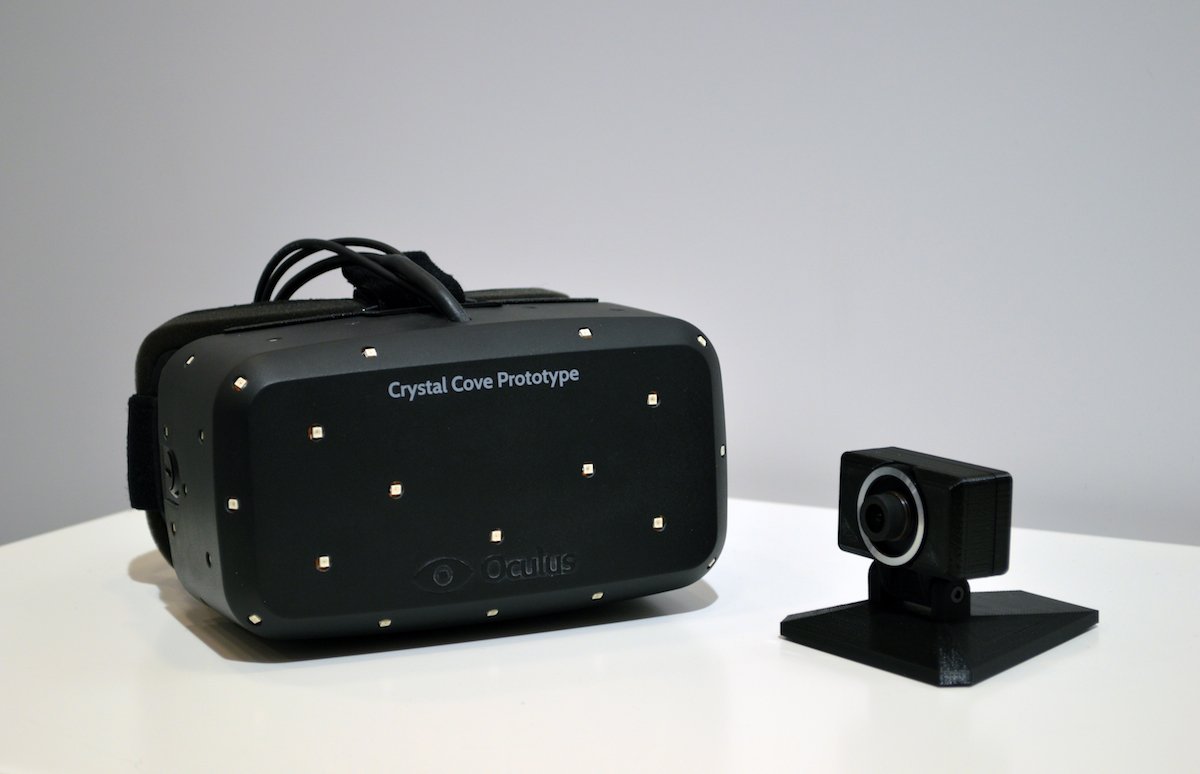Oculus Rift, a head-mounted, virtual reality interface conceived for mass production and everyday use, is tentatively scheduled for wide release in the next year. But the hype is already here: more than 50,000 developer OR units have been released, and new interactive games and other media designed specifically for OR are emerging. Media culture high and low has also taken notice: OR won a best-in-show award at the 2014 Consumer Electronics Show, and it’s already inspired (if that’s the right word) several NSFW parodies of the pornographic possibilities for VR (an idea depicted long ago in the under-appreciated 1983 film Brainstorm.)
While early iterations of OR are capturing popular imagination, how well does OR capture virtual reality? I’ve had a chance to play with the device in both videogame and art experience installations, and below I describe a few early observations.
OR persuasively addresses one of the nagging embodiment issues of navigation in simulated environments: the loss of the neck. Anyone who has played first-person videogames knows the powerful, isomorphic relation between the body as an apparatus of mobile perception and the body as a subjective camera position in screenic environments. But there are limits to this immersive quality; one generally can’t “look” in one direction while “moving” in the other (the strafing mechanic perhaps being one exception). Given the loss of proprioception in non-motion-control videogames—all movement and spatial awareness is grafted to the visual plane and translated to the hand controller—it makes sense to lock head and body into the same vertical axis and “become the gun.”

